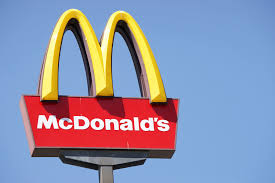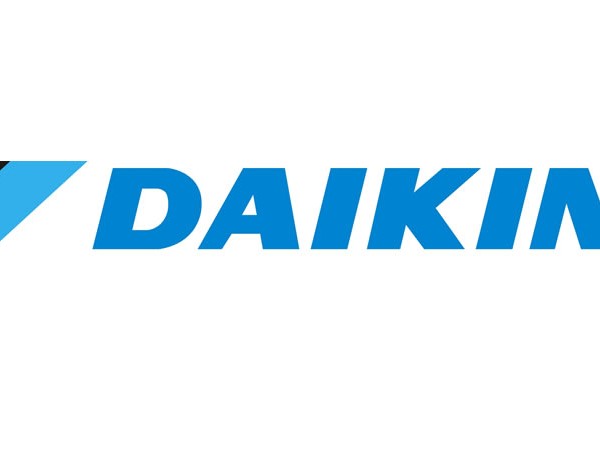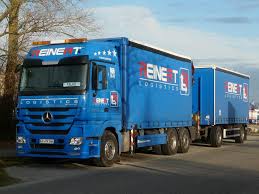Big Macs chilled by ammonia?
USA – Caspers Cold Storage and Distribution, formerly one of the largest franchisees for McDonald’s in Florida, have decided to take the plunge and radically change the company’s identity as a business, with a large part of that change meaning that the company is turning to environmentally friendly natural refrigerants.
Caspers has been recognised as being one of Florida’s oldest third-party logistics companies, with the business starting out as an owner-operator franchisee of McDonalds restaurants in 1973. Caspers currently boast 53 outlets in the Tampa area, while the company branched out in 1998 when the company began operating as a storage and distribution centre for its restaurants.
Caspers new direction will see the company set out plans to sell off the McDonalds distribution business (while still retaining the franchises for their existing restaurants) in favour of launching a new warehouse and transportation operation providing frozen-food storage for other companies. The construction of the new facility – which, Caspers have revealed, will include a main freezer room and two blast freezers – represents a major sea change in Caspers’ business model.
The CEO of Caspers, Kim Seigler, explained the reasoning behind the company’s plans, saying “We identified that there is a market for cold storage in this area. We’re going from servicing [our restaurants] to servicing many others but we have the expertise, in the transportation, the distribution and the storage. So while it looks like a big change, it’s not.”
Caspers’ new 116,000-square-foot facility – which is scheduled to begin operations in the first quarter of 2017 – will be based upon a combination of low-charge ammonia and CO2 refrigeration, in contrast to its existing 30,000-square-foot building, which employs an HFC system. Stellar, a design, contracting and servicing company for industrial refrigeration, have been contracted to supply the new system. One of the advantages of hiring Stellar is that they will build the entire system offsite with onsite installation expected to take just two weeks, principally “for final piping and electrical connections,” according to Brandon France, director of packaged solutions at Stellar.
Kim Seigler also outlined Caspers’ thinking in choosing to shift their focus, stating
“Once you get up to that type of cubic feet, Freon is not cost-effective – so that’s first and foremost. Second, it’s about being environmentally conscious. If I’m going to be here for 25 years, I’d rather spend more money now – it wouldn’t make sense for me to put [a Freon] system into this facility, because I’d have to change it in a few years.”
Caspers also benefitted from their lengthy association with McDonalds as the food giant provided both contacts in the cold storage business and expertise which Seigler was able to tap into when deciding which type of system to install in the new facility.
Caspers also disclosed that their new facility’s engine room would comprise two packaged ammonia refrigeration systems, including an ammonia/CO2 cascade system. The two systems are then expected to deliver ammonia to a -10°F freezer which is cooled by two separate penthouse units, each with three low-charge DX ammonia evaporators, giving a total capacity of 353TR. The system will also provide ammonia to a 35°F dock area, which is itself cooled by six ceiling-hung low-charge DX ammonia evaporators with a capacity of 86TR. The recirculated CO2 will then be used in two blast-cell evaporators that are capable of reaching temperatures as low as -45°F, with each cell having a load of 48TR.
It has been further revealed that the approximate ammonia charge of the system is 5,500 pounds, a figure which is well below the 10,000-pound threshold that calls for stricter regulations. Similarly, Caspers claim that the CO2 charge will be approximately 3,000 pounds.
Caspers hope that the combination of utilizing ammonia for higher temperature loads and CO2 for low temperature loads, will help the system reduce the pump, pipe and compressor sizes required for the low-temperature system.















